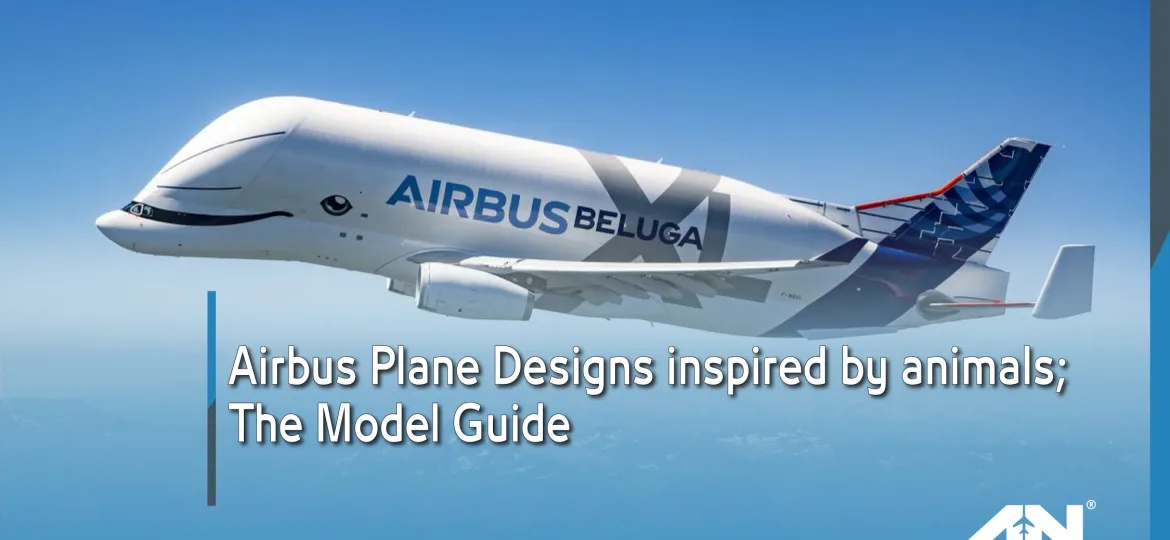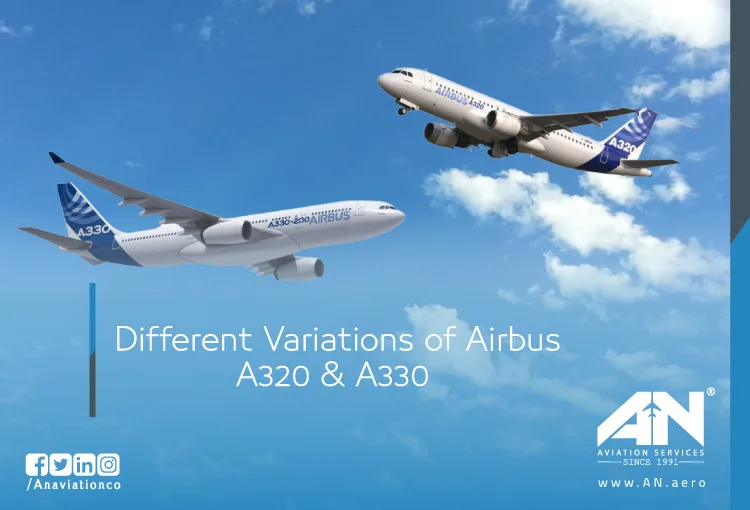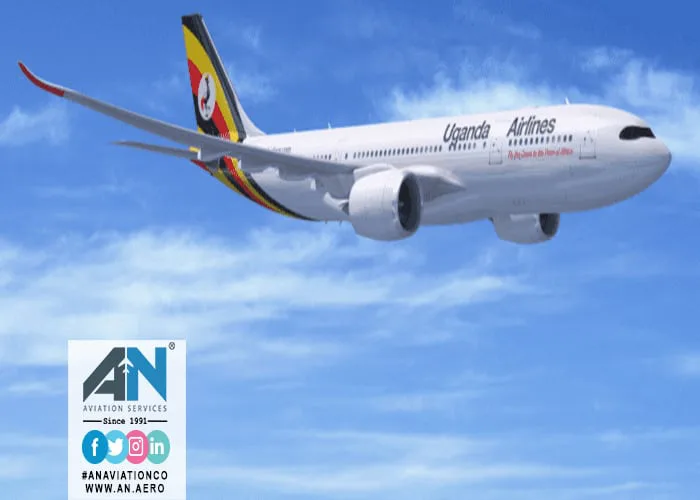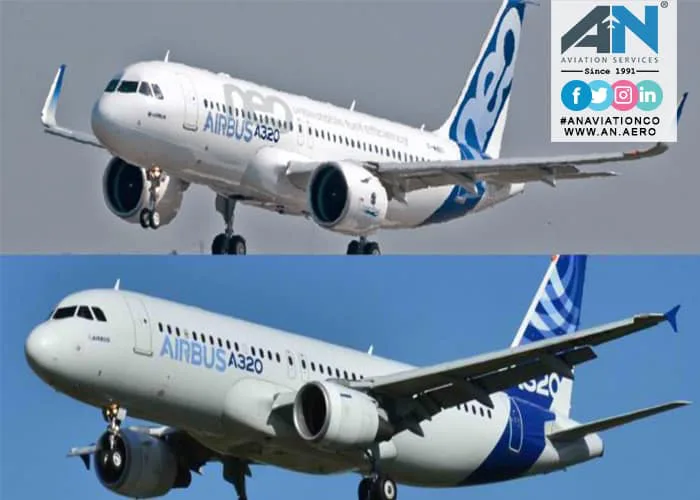The Airbus A380 is known as the world’s largest passenger aircraft, making it a standout in the aviation industry.
Airbus
The aviation industry has long looked to nature for inspiration. With its incredible diversity of adaptations and efficiencies, the animal kingdom serves as a source of creative breakthroughs in design and technology.
The Airbus A320 and A330 families have long been central to the success of commercial aviation.
The Airbus A340, renowned for its long-haul capabilities and impressive range, is an engineering marvel. However, being a large, four-engine aircraft, it requires a considerable takeoff length to safely lift off the runway.
The Airbus A330-800neo was introduced as part of Airbus’s effort to modernize its popular A330 family, promising improved efficiency, longer range, and updated technology.
Known for its reliability, efficiency, and versatility, the A320 has become one of the most successful aircraft in history, trusted by airlines worldwide.
The Beluga Airbus—with its distinctive whale-like shape—is one of the most recognizable cargo planes in the world. Officially known as the Airbus A300-600ST Beluga, this massive aircraft was developed to transport large and heavy components.
The aviation industry is dominated by two giants: Boeing and Airbus. These aerospace companies have competed fiercely for decades, each developing a wide range of commercial aircraft to serve airlines worldwide.
If you’ve ever flown in an Airbus A320 or any Airbus aircraft, you may have noticed that the cockpit doesn’t have the large, steering wheel-like yoke seen in many airplanes.
In the world of commercial aviation, the Airbus A320 and Boeing 737 are two of the most popular narrow-body aircraft. These single-aisle jets dominate the skies, transporting millions of passengers every year.











